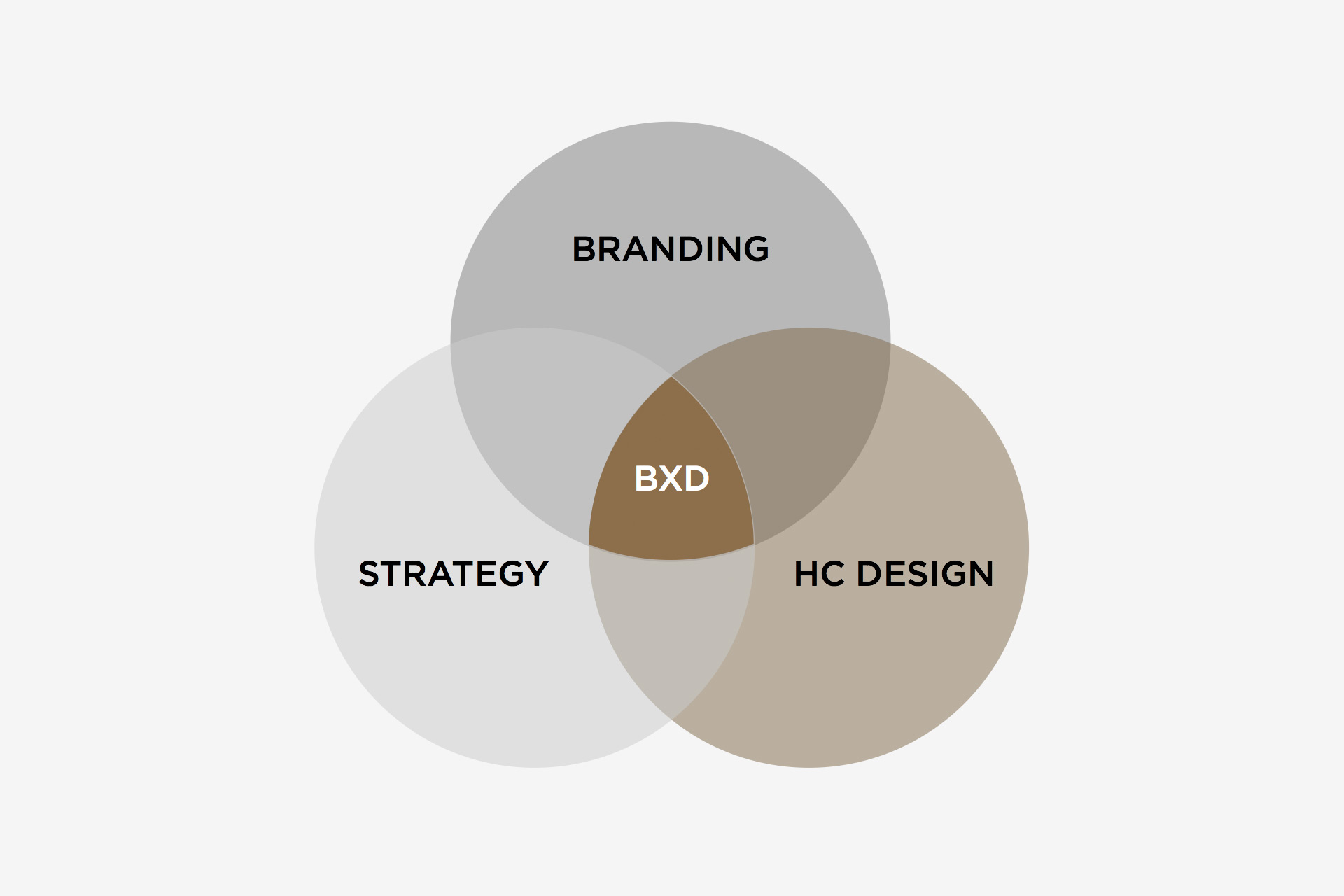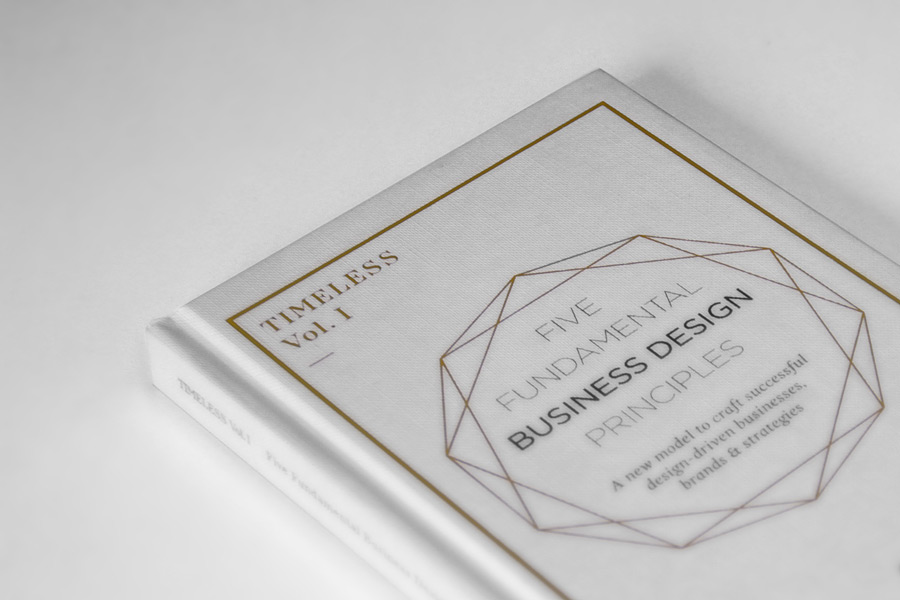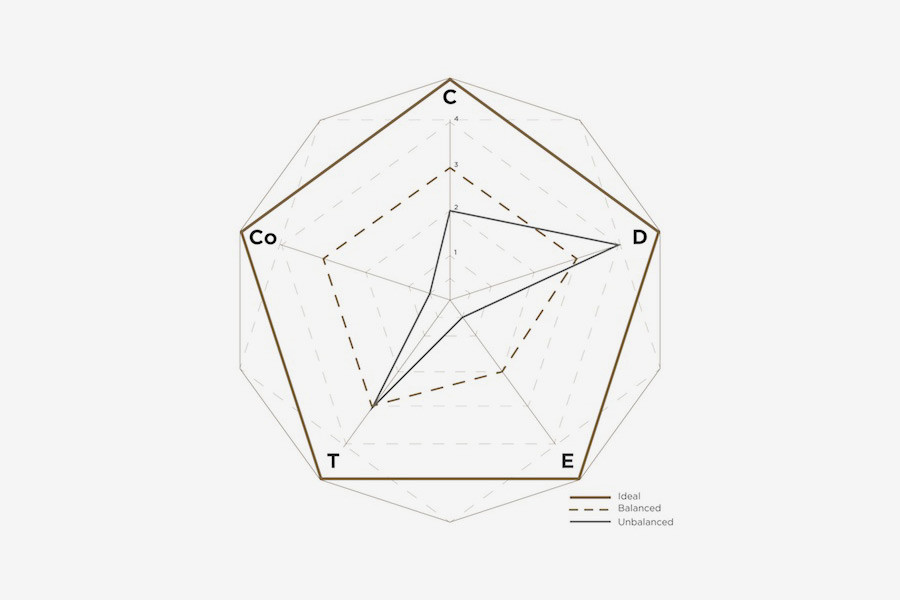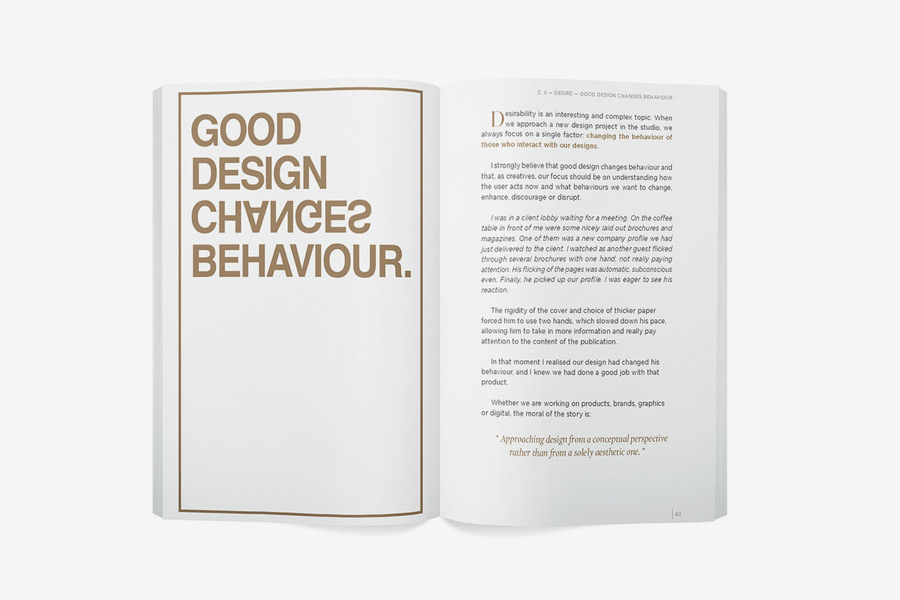
Born in 1979 in Varese, Italy. He graduated in mechanical engineering in 2003 from the Jönköping University, Sweden, and got a master in mechanical processes from University Carlo Cattaneo, Italy.
After a short experience in the field of industrial production, he worked as a consultant to FIAT in 2007-09. Then, he became managing director of strategic engineering firm WWEG in 2007-11 and strategy director of Equent Media Group in 2009-12.
In 2011 he co-founded 1.618 Ltd., a joint venture of five agencies working in the field of branding and business design for which he still operates as creative director from Hong Kong.
During his career, he launched new products for companies like FIAT and Lee Kum Kee, developed integrated campaigns for Bayer and United Nations WFP, and created special editions and new images for Ducati, Nespresso, and Sony Music.
After ten years working in the field of brand strategy and design, he is now devoted to educate and train students, companies, and institutions in the ways of attaining sustainable growth through business design.
In 2017 he published Five Fundamental Business Design Principles, an interesting book dealing with the development and assessment of brands and businesses. The book is infused with the author’s commitment to promote the value of design culture and the need for sustainability, but also offers an original critique and reinterpretation of some of the notions of contemporary branding.
Cinquepalmi is currently Associate Chair for the School of Communication Arts and Professor of Graphic Design; Advertising & Branding at SCAD Hong Kong (Savannah College of Arts and Design).
TO THE TOP ↑
I’m very curious about your position as an Italian professor of design at an American school in Hong Kong. I think that you have a privileged perspective on a typical dynamic of the contemporary world, where national cultures confront and confuse with each other.
But before discussing about that I want to know something more about your background. When and how did you become passionate about branding and design? And how did you become a creative director in this field?
I’ve had a very unorthodox path towards branding and design. At the high school, I studied to become a commercial pilot. While in my college years, I studied mechanical engineering, management, and industrial production. For some wicked reason, I was more interested in how the PowerPoint slides looked than the content itself. I guess I’ve been always deeply fascinated by beauty and aesthetics.
Once graduated, I started working in industrial production. I was already extremely fascinated by the strategical aspect of business. Then, after a few years, I opened my first consultancy focusing on manufacturing management and product development. Soon I realized that branding and design strategy were one of the most important assets of a company, then I dedicated most of my career in developing an expertise in this field, coaching teams capable of providing sustainable competitive advantage within most industries through the means of business design.
How would you define business design?
Business design is a practice that is now in its embryonal stage. I define it as the practice that lays at the junction of branding, business strategy, and human-centered design. I believe that this practice will bring designers to have a much more strategical role in a company through a holistic view of business processes. Of course this practice will require a different set of skills than the classic design.
 Courtesy of Gianluca Cinquepalmi.
What was your ultimate goal when you started your professional activity in this field? And what is your goal today?
Courtesy of Gianluca Cinquepalmi.
What was your ultimate goal when you started your professional activity in this field? And what is your goal today?
Since a young age, I’ve had the opportunity to travel a lot and I also lived in the U.S. and Sweden during my studies. In this way, I saw how capable some companies are to present their brand and to distribute their products. I realized that I wanted to bring companies creating competitive advantage and sustaining the incessant raise of globalization by finding the perfect balance between rational and emotional values. I wanted to bring them sustainably growing culturally, socially, and financially, that is also my definition of branding and my ultimate goal.
Today, after over ten years working in this field, I mainly dedicate myself to educate, train, and hopefully inspire students and companies in the ways of attaining sustainable growth through business design. But I also continue to develop strategies for local and global brands.
When it comes to the meaning of the word ‘design’, there are a lot of meanings and a lot of confusion. And I think that this is a most important concern especially for who teaches design. What is your general definition of design?
This is a very difficult question. It took me many years of thinking to try come up with an answer to this very question. I think that good design has the ability to offer a means of increasing understanding and building consensus. It’s a way to accelerate the adoption of an idea. And I believe that design’s ultimate goal is to create a cohesive culture that grants meaning, not only to our words and drawings, but also to people’s emotions and rationality.
One of the hardest question I had to answer as an educator was: What’s an idea? I believe that having an idea means to possess the ability to combine knowledge in unique, unexpected ways. Considering that, I would define design as the process of translating complex, meaningful concepts into clear, understandable knowledge.
So do you think is it possible to share a universal notion of design all around the world, today and in the future? Or do you think that is better and inevitable that people will have different notions of design, according to different cultures?
I think that is crucial to be open to more than one interpretation. For a designer, this might be extremely frustrating but it also opens up infinite possibilities if the idea of circular thinking is embraced.
I believe that design and aesthetics are not synonyms. Design is a practice. Aesthetics is a principle. Different cultures will inevitably have different aesthetic sensibilities. In my opinion, a good practice is universal. Therefore, a good design practice can be shared by different cultures of the world. And a good design practice takes into consideration the differences in aesthetics.
It’s essential to understand that design must shape cultures. While there are important differences between every market or target, there are many philosophical concerns that transcend cultural differences and there is much to be gained from seeing familiar problems in a new way.
Indeed, today design has more forms, meanings, functions, and voices than ever, all different and often contradicting each other. How can you manage to teach to your students something that is basically different for everyone?
I teach my students to become creative thinkers and truly business designers. I believe that entrepreneurs and designers should strive to infuse deep cultural and social value into their work. When crafting something, we must inspire people who interact with our work to know and feel that they’re not just buying another piece of merchandise. Instead, they should perceive the acquisition of new knowledge, a fragment of culture.
I teach them the classical foundations of aesthetics by Plato (proportion, harmony, unity) and Aristotle (order, symmetry, clarity). And I challenge them to execute their work considering these basic principles and to use this knowledge of the basics to produce unexpected combinations.
Of course aesthetics is only one component of the equation. Focusing on beauty is no longer enough. Subjectivity, availability, and context must always be taken into consideration. As we develop a new design concept, we must transcend the purely functional and aesthetic value of design, focusing on planning the overall experience around a product or service. That’s a universal practice, whether we design a product, a magazine layout, a motion media piece, or a brand.
 Detail from the cover of Cinquepalmi’s Five Fundamental Business Design Principles.
What idea do your students have about design? And what do they expect to learn by frequenting a design school and your classes in particular?
Detail from the cover of Cinquepalmi’s Five Fundamental Business Design Principles.
What idea do your students have about design? And what do they expect to learn by frequenting a design school and your classes in particular?
I deal with a variety of students from a number of different cultures, with a very wide set of skills. I believe that many of them are still concerned with the technical knowledge, like learning softwares or developing a certain technique in illustration perhaps. But I mostly teach higher level classes, so I expect a more sophisticated thinking from them. I teach them how to be and think like a designer, the practice of design and business design.
Of course I can’t resist to throw here and there some classic teachings about type and product design from masters such as
Massimo Vignelli, Bob Noorda,
Achille and
Pier Giacomo Castiglioni, Bruno Munari, etc. I’m still very proud of my Italian origins!
Especially in China, Italian design is a concept strongly associated to fashion and luxury, but Italian people distinguish design from both fashion and luxury, traditionally considering design not just different but the very opposite to both of them.
Anyway, English speakers promoted the concept of ‘fashion design,’ which is contrary to the Italian tradition and also to the modern notion of design. What do you think about that? Is it possible to speak of fashion or luxury design, or does it make more confusion?
This is a fuss that I’ve been dealing with quite a bit being an “Italian designer” in Asia. I think that fashion and luxury are industries and within industries there are professionals that design such products. A fashion designer has different skillsets of a furniture designer, just like a neurosurgeon has a different skillset than a dentist. They’re both doctor of medicine, what varies are the branches of it.
Actually, perhaps as an Italian, I think that the problem is that fashion intentionally implies obsolescence of its products, while design intentionally works against that obsolescence. So in what relation do you see design, fashion, and luxury?
I believe that the relation of design, fashion, and luxury represents the typical Italian knowledge of “saper fare” (know-how), that is the combination of human creative skill and the knowledge of the rules to produce an object.
Many designers, also prospective designers, complain about the fact that designers have no more dialogue with top management, like it was in the past. On the contrary, they can only speak with brand, communication, or marketing managers who are often judged to be closed to dialogue, but only interested in sales and the market.
What do you think about that? Does this kind of managers represent a resource to enhance the design or does they penalize its potential?
Actually, this is often the case also with top management. In my experience, I can guarantee that the bottom line is making the business grow. Now, how do we explain how you can help the business grow and not just produce a pretty sticker, this is our responsibility, not anyone else. Not the middle management, not the CEOs, but us. Is it hard? Absolutely! But I don’t believe I’ve ever heard that being a designer or any creative professional was easy. (And people who think it are part of the problem.) I believe that we should approach design from a conceptual perspective rather than from a solely aesthetic one.
In your book you describe your own experience with a marketing manager, who told you something like this: “This is a grandma’s jam but there is an entire market for healthy jams. So, you’ve just to design a sexy label saying ‘zero sugar’ and the problem is solved.” And you wrote that, unfortunately, you did it. In this case, what was the mistake?
I wish I could state that every single project I engaged in was a dazzling success and was always of the highest quality but I would be a hypocrite. I have done a tone of work that I’m not particularly proud of, yet all this work lead me to identify the next step and what was done wrong and how I could become a more sophisticated designer.
In this specific case, as I said before, I was lazy. I didn’t want to put my best effort in the solution, I just merely executed a request. But here is the catch: at the time I didn’t have a sophisticated framework that could help me to elaborate why this particular choice wasn’t appropriate. From a business perspective it made total sense and from a design perspective it wasn’t such a complicated challenge. Did this brought the desired result to the company? I’m not sure. (I got paid but I can tell you this much: the client is not on my roster, the project is not on my portfolio, and probably the manager is no longer with the company.)
 The model developed by Cinquepalmi in action.
Indeed you developed a model for what I would call ‘brand identity planning.’ (I’m giving to the word ‘identity’ its widest meaning, encompassing the conceptual foundations of a brand as well as the productive, behavioural, and visual expressions of the business.) Or as you define it, “a model to craft successful design-driven businesses, brands and strategies.”
The model developed by Cinquepalmi in action.
Indeed you developed a model for what I would call ‘brand identity planning.’ (I’m giving to the word ‘identity’ its widest meaning, encompassing the conceptual foundations of a brand as well as the productive, behavioural, and visual expressions of the business.) Or as you define it, “a model to craft successful design-driven businesses, brands and strategies.”
What is the purpose to use such a model? Is it just useful for branding purposes or also for graphic design?
I wouldn’t limit the model to brand identity. Actually, it’s a framework to assess and develop brands, designs, and businesses. The essence of the model is to realize that multiple factors influence the success or failure of a design and even more so if we look at business design. The model is a tool to address and ease the complexity of design. It aims to give users a different perspective on how complex systems, such as business design, can be approached and successfully implemented. It’s more a model to generate and assess strategic ideas than implementation tactics.
If you want to be more specific on graphic design: the model won’t tell you if you have to use Helvetica or Garamond, but rather if you have enough knowledge and reasons to use an old-style serif typeface or a neo-grotesque one. Strategy, not tactics.
In a nutshell, how does your model work?
Throughout my research, I discovered five main attributes that most successful design businesses share. I call them character, desire, empathy, trust, and consistency. The five elements are placed at the vertex of what I call the timeless diamond. The evaluated project is ranked on each principle and the results measure the mastering or lacking of each area. In the end, you can analyze the sequencing of how you approached the project.
Do you think that a model can always provide effective results?
Well of course it depends on how well we use a model. We can be very thorough or very superficial. This model in particular helped me widely, especially as a coaching tool for major clients where the need for measurable outcomes was a priority. Or in complex situations where multiple options were available. It helped me to make more accurate decisions on how to approach or address a specific problem.
Indeed in your book you wrote that “there is no assurance at all that our future design will be a success.” Of course, if we only consider product design it’s quite easy to declare what’s successful or not from the sales. And if we talk about advertising or brand design, we can say that the more a campaign or a brand is popular the more it is successful. But it’s quite different if we only consider the design of communication, which is not the product itself to be sold. How would you define a successful communication design?
I would define the success of a communication design on how well it communicates. I’m not trying to be sarcastic, I’m serious. Most of the time, an unsuccessful communication design originates by the fact that the designer himself is unclear on what he wants to communicate.
You also wrote: “The most unsatisfactory designs I had produced didn’t have a developmental sequence. Instead, they were merely incremental.” What do you mean by incremental?
By being incremental, I mean making small, irrelevant changes or modifications. If my new luxury brand is called, let’s say, “Blah Blah Caca Pupu”, I can use the aesthetic style you want, but I can guarantee it won’t work. In this case, the role of the designer is to suggest a better naming for the brand and to provide a more suitable solution.
In my experience and research I identified three main causes of what we call “bad design”. 1st: lack of/or wrong purpose (lack of vision). 2nd: lack of craftsmanship (disregard for meaningful details). 3rd: Ignorance (lack of comprehensive knowledge). These are the three main sources of visual and physical clutter that surrounds us.
So do you think that a designer should produce something impactful rather than incremental? And if so, why?
Absolutely! And not only that. I believe that designers should understand how important is their work. Many of us don’t. As designers, entrepreneurs, and creatives we share an enormous responsibility. We are responsible for shaping the messages and visions about what the world is now and what it should aspire to be.
When we approach a new project in the studio, we always focus on changing the behaviour of those who interact with the product of our design. Indeed, I strongly believe that good design changes behaviours and that, as creatives, we should focus on understanding how the user acts now and what behaviours do we want to change, enhance, discourage, or disrupt.
 Courtesy of Gianluca Cinquepalmi.
The idea of changing behaviours is interesting even if, personally, I don’t share this goal. Rather, I’m interested in shaping spaces, objects, and information to make their perception clear and enjoyable and to make their use easy and appropriate. Indeed, shaping things can actually affect people’s actions and habits but I think its the content, the messages that we communicate, that influence the way people behave, not their shape.
Courtesy of Gianluca Cinquepalmi.
The idea of changing behaviours is interesting even if, personally, I don’t share this goal. Rather, I’m interested in shaping spaces, objects, and information to make their perception clear and enjoyable and to make their use easy and appropriate. Indeed, shaping things can actually affect people’s actions and habits but I think its the content, the messages that we communicate, that influence the way people behave, not their shape.
Why do you want to change people’s behaviours? And how can design affect the way people behave?
Well, this is pretty straightforward if we start with the premise that we don’t want to be incremental, like I said. Our natural condition as human being is to approach the unseen in a different way. Here is the behavioural change. If we don’t change, enhance, discourage or disrupt human behaviour we are just applying generic solution to specific problems. There is a huge difference between design and decoration. Good design challenges people emotional intellect. A good piece of information design gets the reader to stop and look closely not just glaze through it. A good product design makes you understand the features of the product instantly and engages you with wonder.
As an educator, what approach would you suggest to your students to produce a good design?
Design is a practice. We are the actors that decide how we want to operate in this hyper-dynamic, hyper-connected, and hyper-competitive world. You can buy a decent logo for 5$ or visit a website that after few simple questions will generate a bunch of graphics for you. The software we use are becoming increasingly more sophisticated, making the design process much easier and much faster. It’s fantastic and terrifying at the same time.
I believe that a good design practice is an exercise in dedication, love, care, and discipline. It’s an exercise in researching the perfect synthesis between value, meaning, harmony, and proportion. I believe this to be the foundation for developing a successful, meaningful and timeless design.
To me, design is far more experimental than it is predefined. So I suggest as much as possible to never fall in love with the very first ideas, as that wouldn't allow the design process to guide you to the end solution. The final outcome might vary or be unsatisfactory due to many external variables, and that's why we must fall in love with the process, not the outcome.
Thank you very much.
Thank you.
© 2018 Gianluca Cinquepalmi, Nicola-Matteo Munari. All rights reserved.
TO THE TOP ↑







